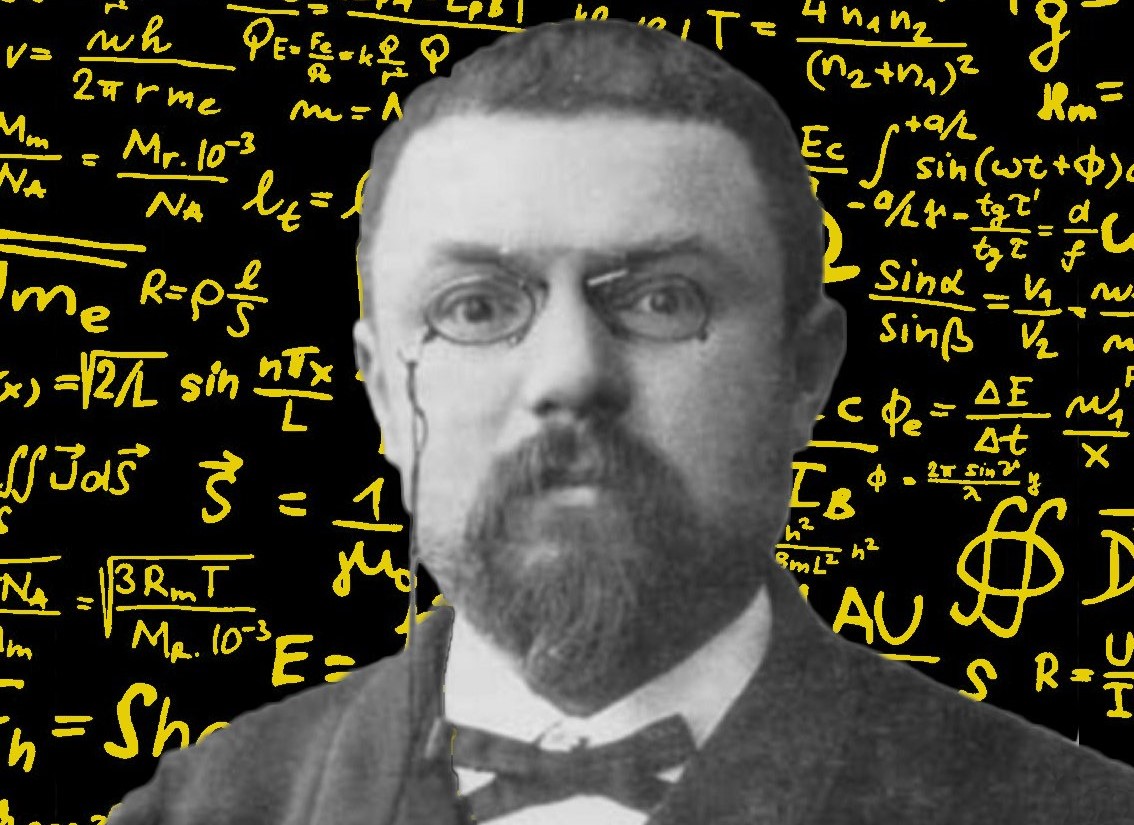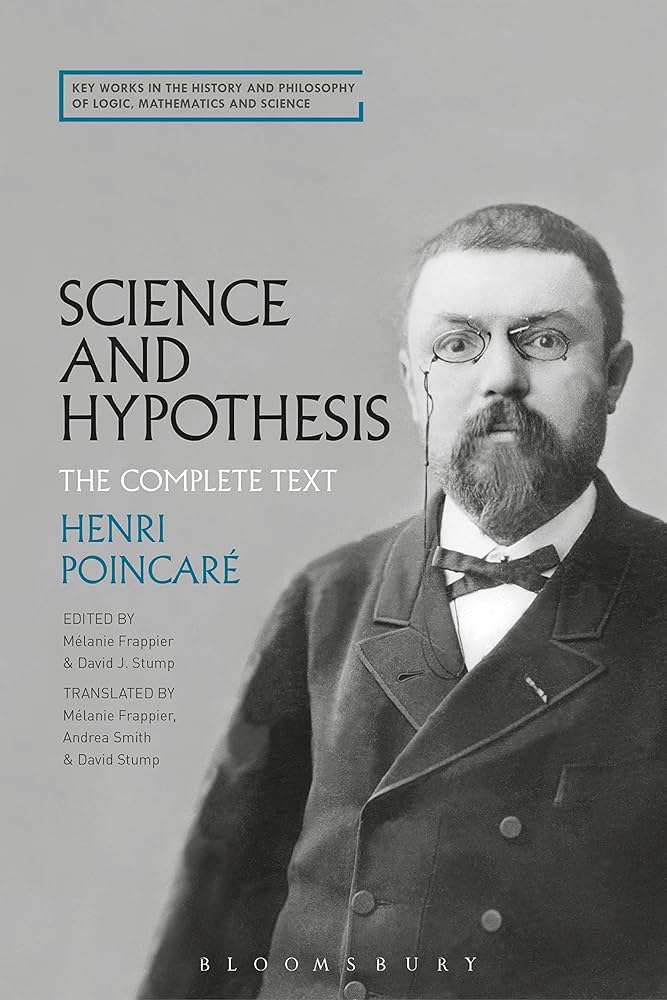The Last Universal Mathematician: Who is Henri Poincare?
In 1904, French mathematician Henri Poincare asked an important question about three-dimensional spaces (manifolds). The Poincare Conjecture is the only Millennium problem ever solved.

In the late 19th century, Paris was the center of world mathematics, and Henri Poincare was its leading light. Bertrand Russel: "Who is the greatest man France has produced?" When asked, his answer was unhesitatingly Henri Poincare. Poincaré was one of the last examples of universal mathematicians who had a general understanding of all branches of mathematics.
Jules-Henri Poincare was born on April 29, 1854. He was a highly myopic and physically weak child. Despite this, he quickly compensated for these shortcomings with his intellectual abilities. Reading was his main pastime. He had a superior memory and recall ability.
Jules Henri Poincaré (29 April 1854 – 17 July 1912) was a French mathematician, theoretical physicist, engineer, and philosopher of science. He is often described as a polymath, and in mathematics as "The Last Universalist", since he excelled in all fields of the discipline as it existed during his lifetime. Due to his scientific success, influence and his discoveries, he has been deemed "the philosopher par excellence of modern science."
At the age of 15, his interest in accurate mathematics began to increase. He did all the mathematical calculations in his head, and after reaching the result, he put it on paper. The noise or conversations around him did not bother him. He carried out most of his scientific work in the same way. He entered the Ecole Polytechnique in 1873 and graduated two years later.
After graduating from this school, he entered the Higher Mining School to become an engineer. After working as a mining engineer for a short time, he decided to devote himself to mathematics. Therefore, in 1879 he took a job as a professor of analysis at Caen. He transferred to the University of Paris at the age of 27. He taught mechanics and experimental physics at the Sorbonne. He spent the rest of his life in Paris, where he became the indisputable master of French mathematics.

What are Henri Poincare's Contributions to Mathematics?
Henri Poincare's creative phase began with his doctoral thesis in 1878 and ended only with his death. During this period, he carried out approximately five hundred studies. He made his most brilliant discovery on elliptic functions in 1880, at the age of 26. He showed that Möbius transformations form a group. He examined these actions under the name of Möbius groups.
Automorphic functions and automorphic groups are his works. Poincaré was also interested in celestial mechanics. In his research on the three-body problem, he was the first to discover a chaotic deterministic system, which laid the foundations of modern chaos theory.
Algebraic topology began in the late 19th century with the work of Henri Poincaré. Translating difficult problems in geometry and topology into algebra, provided a way to understand complex mathematical objects. Since Poincaré's time, algebraic topology has become an important field of mathematics in its own right.
Poincaré was honored with numerous awards during his lifetime. He was elected to the Academy of Sciences in 1887 and became its president in 1906. Henri Poincare died unexpectedly on July 17, 1912, at the age of fifty-eight, after an operation.
What is the Poincare conjecture?
While Poincaré was laying the foundation for topology, he was also considering whether topology's simplest three-dimensional object had sufficient means to determine a four-dimensional surface. This thought led him to one of the most famous questions of all time. Must a three-dimensional space with no defining characteristics (hole, handle, twist, etc.) necessarily be a three-dimensional sphere? This question was the basis of the Poincaré conjecture.
There have been many attempts at the Poincare Hypothesis. Bill Thurston made tremendous advances in understanding three-dimensional spaces in the late 1970s. He realized that all works, especially since Poincaré, essentially conformed to a single theme. He observed that familiar three-dimensional spaces could be divided into parts in a natural way so that each part could have a uniform geometry, similar to the plane and the round sphere.
His ideas were very important. As a result, with these assumptions, mathematicians would have the opportunity to classify three-dimensional spaces. He had many brilliant students who produced powerful computer programs that further developed his theories, especially those that attempted to find the geometric structure of any space.
